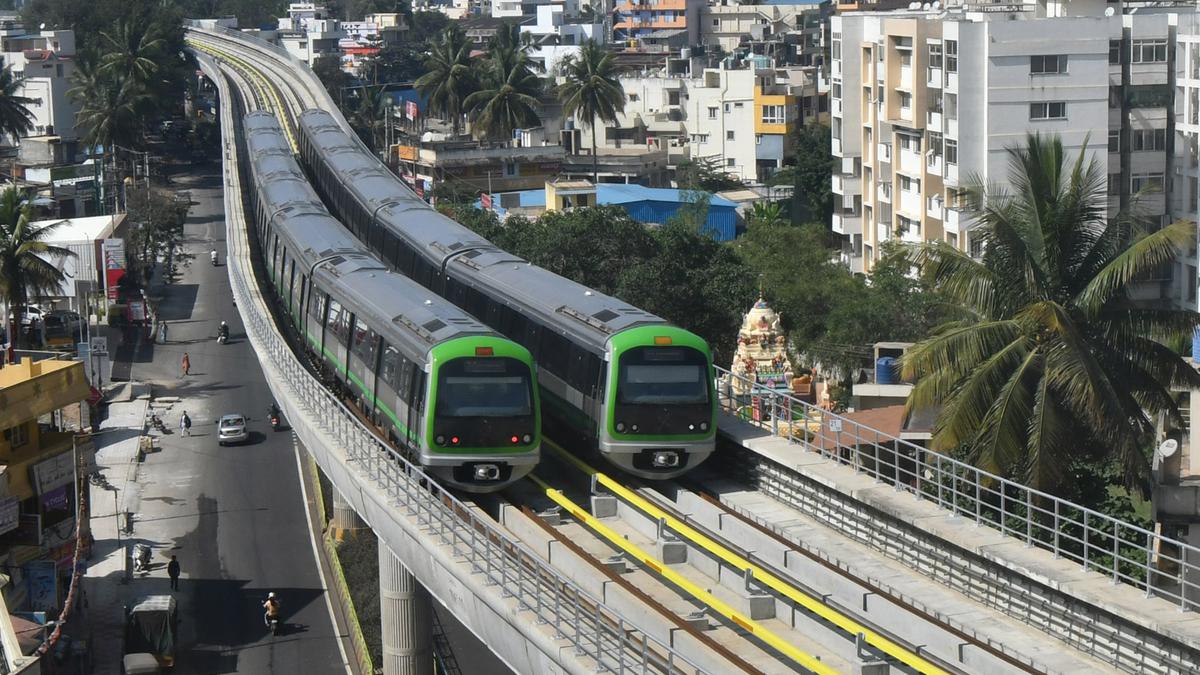
Can BMLTA help resolve Bengaluru’s ever-growing traffic woes?
The Hindu
Now that Bengaluru Metropolitan Land Transport Authority Bill (BMLTA) has been passed, experts and citizens need to ponder over the advantages of integrated mobility in the city. Whether such integrated authorities succeed or not, the idea that there should be a single institution looking at all modes of mobility has endured
After more than a decade of demands from interested citizens and nudging by transportation experts, the government has passed the Bengaluru Metropolitan Land Transport Authority Bill. With this, different transport functions in the city will all be brought under the aegis of the BMLTA. The legislation explicitly calls out regulation, operations, maintenance, monitoring and supervision.
Such integrated authorities exist in other large cities around the world, notably in London. Its institution, Transport for London, has acquired quite a reputation around the world for its many initiatives to improve mobility. Not all of those have succeeded, and there have been occasional reversals of policy too, but on the whole, the idea that there should be a single institution looking at all modes of mobility has endured.
What can we expect from BMLTA? It is chaired by the Chief Minister and various other ministers are its vice chairs. Most of the power to steer mobility in the city already rested with different departments of the Karnataka government. The players and the jobs, thus, are not new. What is new is that BMLTA could bring coherence to the things that each of the different departments, until now, did without consulting the others.
Was this new law needed? The Chief Minister could easily have directed such integration between the departments, and brought about the necessary coherence. Until about four or five years ago, such meetings did take place from time to time but those stopped for no apparent reason. Perhaps, the instinctive preference of the departments is to do their own things, and therefore it’s useful to have a law that forces them to come together.
The government could have learned from the recent lessons of some other world cities and gone a step further. Rather than a Land Transport Authority, it should have envisaged a Land and Transport Authority. This difference in wording is small, but the impact would be significant. The way we use land in the city needs to be co-imagined with mobility. As things stand now, however, I suspect that BDA officials will simply attend BMLTA meetings and say a few things when called upon, but their land use planning work will continue as before.
The big question, however, is whether we can expect different outcomes from this empowered authority. It is obvious that mobility in the city is difficult, and that many agencies have failed in their respective roles. What can we expect by bringing together people and institutions that are now failing separately? Could they simply end up failing together instead?
That risk is quite real. For some years now, the government has been ignoring the statutory planning framework. There is a Metropolitan Planning Committee for the city. In the Constitution, it is proposed that such MPCs for large cities will develop integrated master plans covering land use, water, waste management, transport, health, and many other things for the metropolitan regions. But the Karnataka government — of all parties — has chosen to ignore this for the last 23 years.













